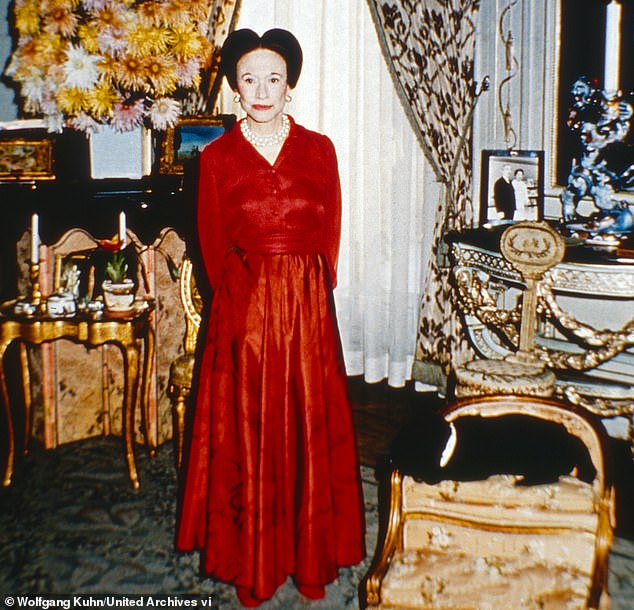Wallis Simpson, who became the Duchess of Windsor after marrying a man who chose love over duty, passed away on April 24, 1986, at the age of 89.
Following her husband’s death in 1972, she endured years of illness, confined to her Paris residence, where she was isolated, unable to walk, and left to the care of devoted nurses, albeit exploited financially by her French lawyer.
Married to the Duke of Windsor, formerly King Edward VIII, after his abdication in 1936, Wallis Simpson found herself entangled in one of the greatest royal controversies of the century.
Her funeral in 1986 at St George’s Chapel in Windsor was attended by prominent royals, yet her name was conspicuously absent during the service.
The abdication of King Edward VIII due to his desire to marry Wallis Simpson led to lasting family rifts within the royal household.
Blamed by some for tearing the family apart, she faced animosity from members such as the Queen Mother, with whom she shared a strained relationship.
Following the Duke’s death in 1972, Wallis was thrust into a solitary existence, bereft of the lavish lifestyle she had known.
Despite financial constraints, she managed to find solace in her Paris home, courtesy of the French government, yet fell prey to her manipulative lawyer, Suzanne Blum, who gradually isolated her from friends and seized control over her affairs.
Stricken by poor health, Wallis suffered from atherosclerosis, leading to periods of confusion where she believed her late husband was still alive.
Neglected treatment for a hip fracture in 1972 further compounded her physical decline, leaving her immobile and vulnerable to exploitation.
Under Blum’s cunning influence, Wallis signed over power of attorney, enabling the lawyer to orchestrate the sale of the Duchess’s possessions for personal gain.
Blum’s deception culminated in total control over Wallis’s affairs, marking a tragic turn in the life of a once-respected figure.
By 1977, Wallis’s health had deteriorated significantly, rendering her unable to speak or move without assistance.
The stark reality of her condition was witnessed by Sir Nicholas Henderson, the British ambassador to Paris, who noted her physical decline and diminished capacity to engage with the world around her.
In her final years, Wallis Simpson, the Duchess of Windsor, experienced a harrowing existence marked by isolation, manipulation, and declining health.
Despite her past notoriety and controversial role in royal history, her later life was defined by vulnerability and exploitation, underscoring the complexities and tragedies that can accompany a life lived in the public eye.











